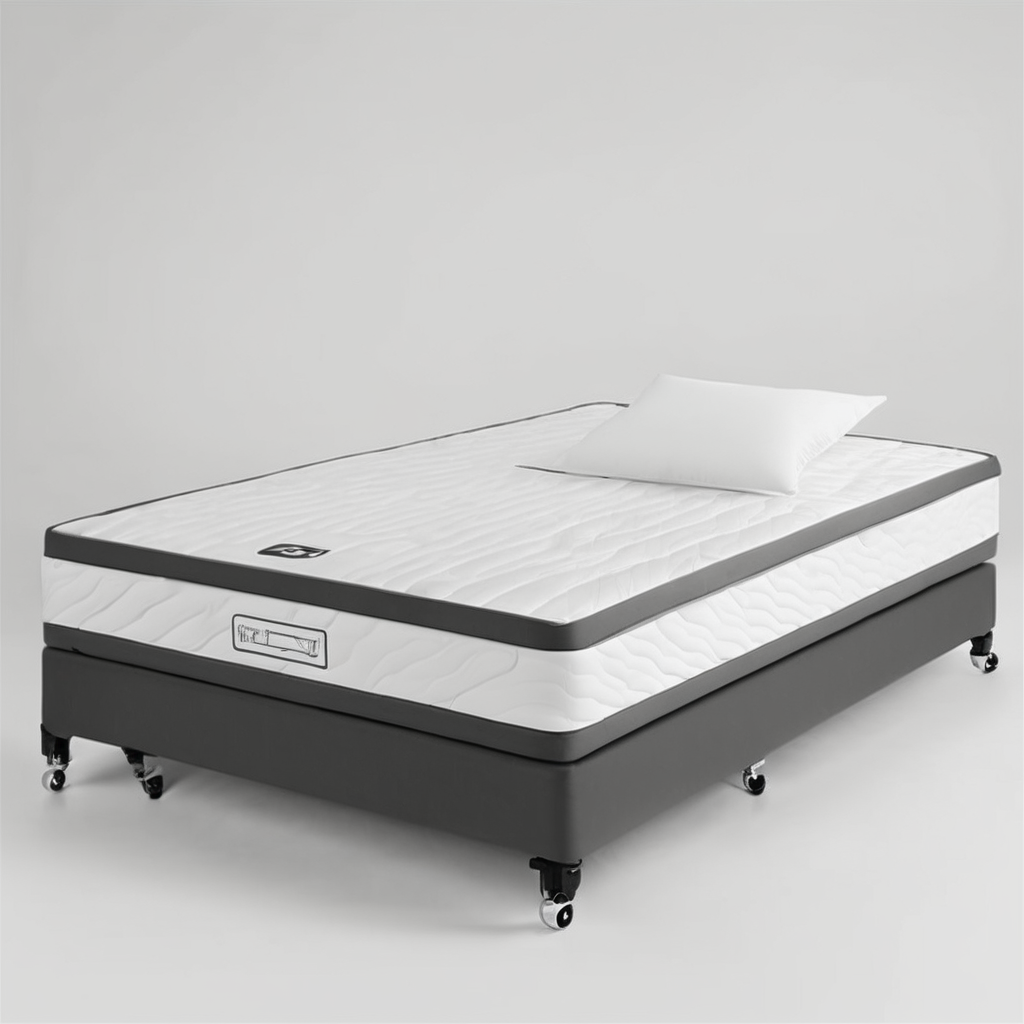WEO® Brise-Soleil transforms building design by significantly reducing heat gain and boosting energy efficiency. It uses sustainable, low-impact materials that minimize environmental footprints while enhancing indoor comfort and liveability. This innovative sun-shading solution supports passive solar control, cuts reliance on HVAC systems, and aligns with green building standards, offering a practical, eco-friendly approach to sustainable architecture.
Key Environmental Advantages of WEO® Brise-Soleil
The environmental benefits of WEO® Brise-Soleil are evident through its role as a sustainable sun-shading system that significantly reduces heat gain in buildings. By limiting solar radiation penetration, this innovative solution lowers the demand for air conditioning, thereby improving overall energy efficiency. This directly translates into reduced energy consumption and a smaller carbon footprint, making WEO® Brise-Soleil an effective eco-friendly building solution.
This might interest you : Transform your urban oasis: the definitive guide to thriving vertical gardens on liverpool balconies
Regarding materials, WEO® Brise-Soleil components are crafted from sustainable and low-impact materials, ensuring a minimized environmental impact throughout their lifecycle. Such materials contribute to the system’s durability without compromising ecological standards. This approach aligns with modern sustainable construction practices, which prioritize reducing resource depletion and promoting recyclability.
Moreover, these sun-shading systems enhance indoor comfort and liveability by preventing overheating and reducing glare. This creates healthier and more pleasant indoor environments, promoting occupant well-being while supporting environmental goals. Buildings equipped with WEO® Brise-Soleil benefit from natural daylight control and temperature regulation, reducing reliance on mechanical ventilation and artificial lighting.
Also read : Achieving high environmental quality with WEO® Brise-Soleil
By integrating these eco-friendly building solutions like WEO® Brise-Soleil, architects and developers achieve superior environmental performance. For those interested in exploring exemplary applications, High-Quality Environmental Buildings on FIBERDECK showcase how such systems contribute to sustainable architecture.
Technical Performance and Impact on Sustainability Goals
Warming or cooling a building often demands high energy consumption, but energy efficiency through architectural innovations can greatly reduce this need.
Brise soleil functions primarily as a passive solar control mechanism. By strategically shading windows, it limits the amount of direct sunlight entering a space, thereby reducing heat gain during summer months. This lowers reliance on HVAC systems, translating into substantial energy savings over time. Similarly, in cooler periods, brise soleil can be adjusted or designed to allow sunlight to warm the interiors, supporting natural thermal regulation without mechanical intervention.
This dynamic control aligns perfectly with principles of sustainable architecture, where energy consumption is minimized not just through advanced systems, but through thoughtful design elements. Additionally, brise soleil contributes positively to green building certifications like LEED or BREEAM by boosting a structure’s rating in energy performance categories. Buildings featuring these systems have demonstrated measurable decreases in cooling loads compared to those relying solely on traditional shading methods or glass treatments.
For example, studies indicate that brise soleil installations can reduce solar heat gain by up to 60%, which leads to savings of up to 25% in total building energy consumption. This puts such architectural elements ahead of many conventional shading devices and supports long-term sustainability goals effectively.
Interested professionals can explore designs and performance insights further by reviewing resources on High-Quality Environmental Buildings on FIBERDECK, which detail how innovative fenestration solutions enhance eco-friendly construction practices.
Real-World Applications and Supporting Evidence
Discovering the tangible benefits of the WEO® Brise-Soleil in contemporary architecture is essential to understanding its impact. Numerous case studies highlight how this innovative shading system significantly enhances indoor environmental quality while reducing energy consumption.
One compelling example comes from sustainable architectural projects where WEO® Brise-Soleil has been integrated to control solar gain effectively. These projects document measurable improvements in occupant comfort — notably, a reduction in glare and overheating. This leads to a more pleasant and productive indoor environment. Users across these installations frequently report enhanced thermal comfort, attributing it to the system’s dynamic shading capability adapting to seasonal and daily sunlight variations.
Testimonials consistently praise the energy efficiency gains linked to the WEO® Brise-Soleil. By minimizing reliance on artificial cooling, buildings achieve lower energy bills and a smaller carbon footprint. These success stories are essential evidence that supports design choices prioritizing environmental sustainability without sacrificing occupant wellbeing.
For architects and builders looking for high-performance shading, the documented achievements of WEO® Brise-Soleil installations provide trustworthy validation. Its proven track record in improving indoor environments and reducing energy usage makes it a standout solution. Learn more about how to implement this technology in your next project by exploring High-Quality Environmental Buildings on FIBERDECK.
In essence, the real-world applications of the WEO® Brise-Soleil are not just theoretical — they are grounded in successful, measurable outcomes, documented in various case studies and user testimonials that affirm its value in sustainable building design.
Reducing Environmental Footprint with Modern Sun-Shading Solutions
Small
Modern sun-shading solutions like WEO® Brise-Soleil play a crucial role in reducing the carbon footprint of buildings by optimizing solar gain control and improving energy efficiency. The design and material choices in WEO® Brise-Soleil significantly diminish the lifecycle environmental impact compared to traditional shading devices.
WEO® Brise-Soleil’s components are selected with recyclability in mind, ensuring that at the end of their useful life, materials can be repurposed or recycled, which drastically cuts down waste and reduces environmental harm. This focus on renewable materials such as sustainably sourced aluminum and eco-friendly coatings leads directly to carbon footprint reduction.
Compared to conventional sun-shading alternatives, which often rely on non-recyclable plastics or heavy metals with poor environmental profiles, WEO® Brise-Soleil offers clear long-term sustainability benefits. Its optimized material selection means less energy is consumed during production and disposal, translating into a significantly lower overall environmental footprint.
By integrating these innovations, buildings can achieve better environmental performance, contributing to the growing demand for High-Quality Environmental Buildings on FIBERDECK. The adoption of such forward-thinking shading systems proves that achieving sustainability and functionality is entirely feasible without compromising on architectural aesthetics or performance.








